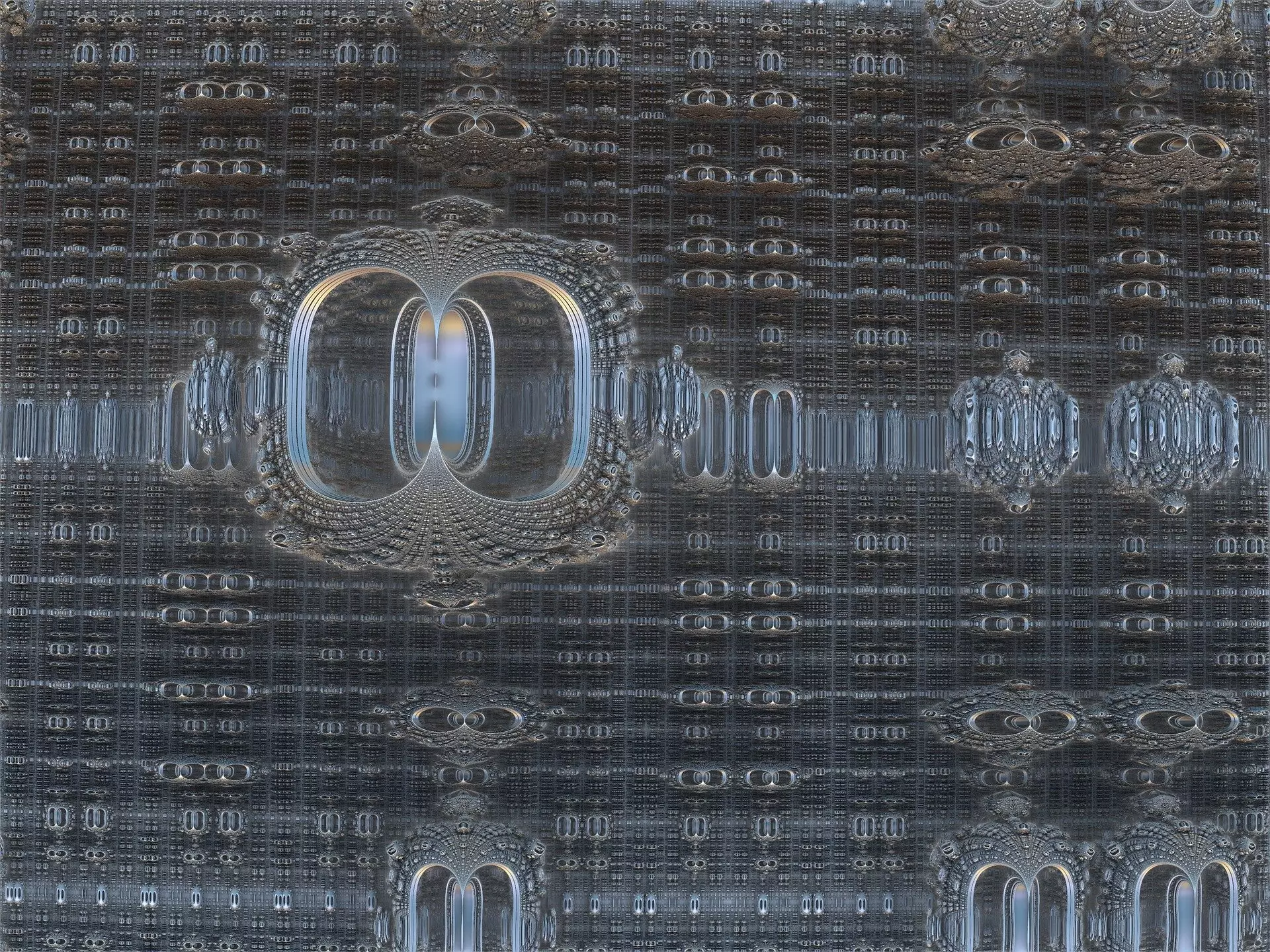Titanium-sapphire (Ti:sapphire) lasers are widely recognized for their remarkable performance in various fields such as quantum optics, spectroscopy, and neuroscience. However, their bulky size, high cost, and energy requirements have limited their real-world adoption. That is until now. Researchers at Stanford University have made a groundbreaking advancement by developing a chip-scale Ti:sapphire laser that is significantly smaller and more cost-effective than any previous Ti:sapphire laser ever produced.
Traditionally, Ti:sapphire lasers were large and expensive, making them inaccessible to many labs due to their prohibitive cost. The new chip-scale Ti:sapphire laser breaks away from this old model, making it possible for labs to have multiple lasers on a single chip at a fraction of the cost. This advancement opens up a world of possibilities for a wide range of applications that previously could not afford these powerful lasers.
The key to the chip-scale Ti:sapphire laser lies in the ingenious design of the laser on a chip. By patterning a swirling vortex of tiny ridges into an extremely thin layer of Titanium-sapphire, researchers are able to guide the light around and around, building in intensity. This waveguide design enhances the efficiency of the laser by concentrating the power in a smaller area, resulting in increased intensity. Additionally, a microscale heater is used to tune the wavelength of the emitted light, allowing for a broader range of colors to be produced.
The implications of the chip-scale Ti:sapphire laser are vast and varied. In quantum physics, it could revolutionize quantum computing by making state-of-the-art machines more compact and affordable. In neuroscience, the laser could be applied in optogenetics to enable precise control of neurons deep within the brain. Furthermore, in ophthalmology, the laser could enhance laser surgery techniques and optical coherence tomography technologies for assessing retinal health.
The research team at Stanford University is actively working on perfecting the chip-scale Ti:sapphire laser and exploring ways to mass-produce them on wafers. With the potential to fabricate thousands of lasers on a single wafer, the cost per laser could become nearly zero, making this technology accessible to a wide range of applications. Doctoral candidate Joshua Yang is dedicated to bringing this technology to market and is on track to earn his doctorate based on this groundbreaking research.
The development of chip-scale Ti:sapphire lasers represents a significant leap forward in laser technology. By making these powerful lasers more compact, affordable, and accessible, researchers are opening up new possibilities for a wide range of applications in fields such as quantum physics, neuroscience, and ophthalmology. With further advancements in mass production and commercialization, chip-scale Ti:sapphire lasers have the potential to revolutionize the way lasers are used in various industries.


Leave a Reply